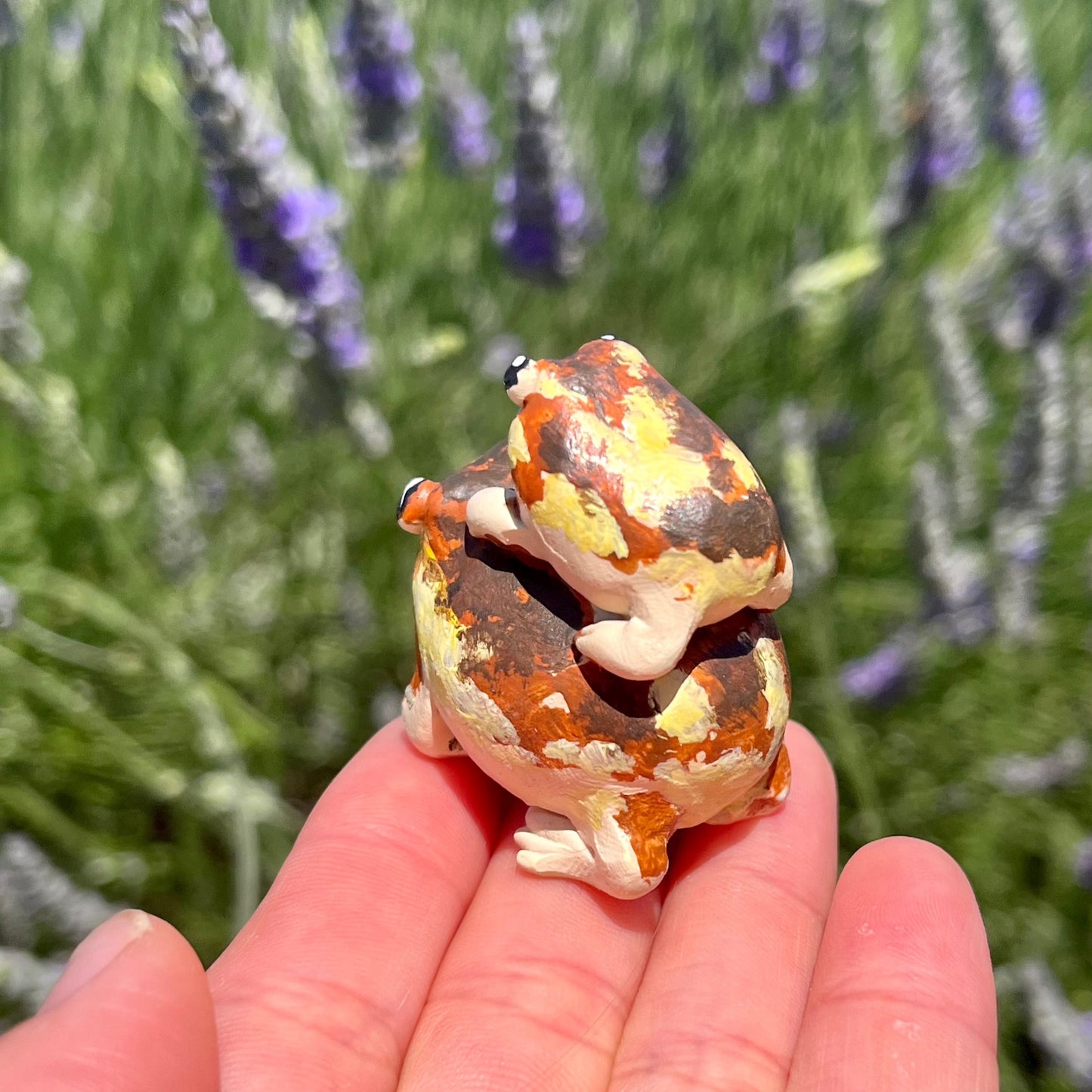Rain Frog for Sale: Boost Your Collection with Unusual and Exotic Amphibians!
The Very Best Reptile Enclosures: How to Create the Ideal Habitat
Producing the best environment for reptiles is not almost placing them in a tank or room; it includes a thoughtful factor to consider of numerous variables that add to their overall well-being. From the dimension of the enclosure to the type of substrate used, every component plays a vital duty in giving a setting where your reptile can thrive. By comprehending the particular needs of your reptile species and implementing the right habitat configuration, you can ensure their health and happiness in bondage.
Selecting the Right Enclosure Dimension
When picking a room size for reptiles, it is crucial to consider their all-natural habits and area requirements to ensure their health and wellness. When it comes to environment area, different reptile varieties have varying demands. Arboreal varieties like chameleons or tree serpents require upright area for perching and climbing up, while terrestrial species such as bearded dragons or leopard geckos require even more flooring room for checking out and thermoregulation. Aquatic turtles like red-eared sliders demand rooms with both water and land areas for swimming and basking.
A general guideline is to provide enough space for the reptile to show natural actions, such as basking, hiding, climbing up, and foraging. rain frog for sale. Insufficient room can result in stress and anxiety, behavioral concerns, and even physical wellness problems. Rooms need to also permit the placement of correct home heating and lighting aspects, along with ecological enrichment things like hides, branches, and rocks. By thoroughly taking into consideration the specific demands of the reptile varieties concerned, proprietors can create a suitable and improving environment that promotes overall wellness and motivates all-natural behaviors.
Setting Up Proper Burner
To ensure the wellness and health and wellness of reptiles in their rooms, it is vital to carefully set up correct burner. Reptiles are ectothermic animals, suggesting they depend on external warm sources to regulate their body temperature level. When establishing home heating aspects in a reptile unit, it is crucial to consider the details temperature level demands of the species you are taking care of. Various reptiles have varying temperature requires based on their all-natural environment, so it is vital to research study and understand these requirements.
One reliable and common home heating aspect for reptile enclosures is a warmth lamp or ceramic warmth emitter. These warm resources can be utilized to develop a temperature level gradient within the room, allowing reptiles to relocate between warmer and cooler locations as needed. In addition, under-tank hot pad or warmth mats can be made use of to offer belly warm, which is particularly valuable for reptiles that require added warmth to assist in digestion.
Checking the temperature within the enclosure utilizing a thermostat is necessary to make sure that the burner are keeping the suitable temperature variety for your reptile. Regularly check and change the burner as needed to produce a comfy and healthy and balanced atmosphere for your scaly good friend.
Picking Appropriate Lighting Components

Giving the Ideal Substratum
Choosing the ideal substrate is important for developing a suitable and comfortable environment for reptiles in their rooms. The substratum offers various purposes, including offering a foundation for natural behaviors like tunneling, helping in preserving proper moisture degrees, and using a comfy surface area for the reptile to relax upon - rain frog for sale. When picking a substratum for your reptile room, it is vital imp source to consider the species-specific needs of your animal. Some reptiles, such as desert-dwelling types like bearded dragons, flourish on substrates like calcium sand or reptile carpet, while others, like ball pythons, favor coconut husk or aspen bedding to maintain moisture degrees.
Stay clear of substrates that can cause impaction, such as loose substratums like sand or gravel, specifically for reptiles understood to consume their bed linen. Frequently cleaning and replacing the substrate is essential to make sure a clean and sanitary setting for your reptile.
Decorating for Enrichment and Comfort
Thinking about the substratum's function in providing a structure for all-natural actions and maintaining an ideal atmosphere, improving the reptile room with appropriate designs is important for both enrichment and comfort. When decorating the unit, it is vital to take into consideration the reptile's species-specific demands and actions to create an area that promotes physical and mental well-being. By including a range of designs that simulate the reptile's natural environment, owners can guarantee their pet's comfort and stimulate their all-natural reactions, inevitably leading to a better and much healthier reptile.
Final Thought

Creating the perfect habitat for reptiles is not simply concerning placing them in a tank or enclosure; it entails a thoughtful factor to consider of various variables that contribute to their general well-being.Picking the proper substratum is necessary for developing a comfortable and ideal setting for reptiles in their enclosures. Some reptiles, such as desert-dwelling species like bearded dragons, prosper on substrates like calcium sand or look at this now reptile carpeting, while others, like round pythons, like coconut husk or aspen bedding to keep moisture degrees.
By including a selection of decorations that resemble the reptile's all-natural habitat, owners can ensure their family pet's convenience and boost their natural reactions, eventually leading to a happier and healthier reptile.
In verdict, developing the optimal habitat for reptiles involves selecting the suitable unit dimension, heating aspects, lighting fixtures, substrate, and decorations.